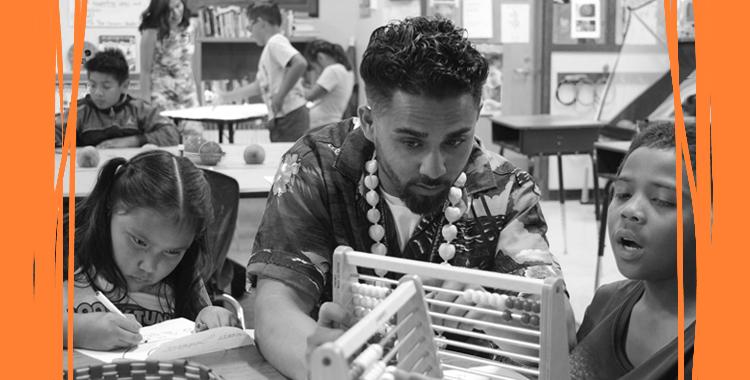A note on equity

Just before winter break, I was asked to present to a team of people from ASU and a group of Arizona civic and nonprofit leaders representing African American and LatinX community organizations. The group was called together explicitly to address the attainment gap that persists in Arizona schools.
As a result of the presentation, the Arizona Republic invited me to write a piece emphasizing how progress requires simultaneously addressing the needs of learners and educators. The piece recently ran in the Sunday opinion section (pdf) and on azcentral.com.
I share this to note, with some satisfaction, that our college’s work on the Next Education Workforce is gaining some traction in the public sphere. Notably, we are making progress in shifting the conversation from one restricted to “teacher shortage” to one that addresses the need to strengthen the profession in enduring ways that better serve both learners and educators.
This argument has resonated with community leaders concerned with education in Arizona and beyond. Business leaders are receptive to solutions based on an understanding that we have to redesign how human capital – workers, teachers, educators, people – can improve our education system, including closing and eliminating the attainment gap.
It’s instructive to me and to others at MLFTC who are designing Next Education Workforce models that, among the most salient questions we are asked, is the question of equity – of which the attainment gap is a crucial component.
The issue came up with Arizona community leaders. And it emerged in Washington, D.C. at a December day-long event we held with Ashoka and the American Association of Colleges of Teacher Education (AACTE). We had representatives from colleges of education, nonprofits, policy, and technology — brought together by a common interest in exploring what it will take to deliver deeper, more personalized learning and to strengthen and elevate the education profession.
The attainment gap persists within schools as well as among schools and districts. This is important because it establishes that the problem is not only one of unequal resource allocation among schools and districts (though that, too, is a problem). It is a problem of inequitable outcomes within schools. That’s a clear indication that treating every child in a given school as requiring the same learning support isn’t working.
So, how does equity fit into our efforts to design and realize the Next Education Workforce?
It’s perhaps the most important question we can ask about our work. For example, the differences in learner experience implied by “personalization” can’t lead to discrimination by another name. Our work has to be informed by a resolute commitment to equity even as we understand that the route to true equity can’t mean treating every learner the same.
What this means as we turn thought into action is something we all have to address together.
It’s sure to come up at our April event The Next Education Workforce: From Thought to Action.